Exurbs: America's biggest housing trend you haven't heard of
Northeastern exurbs were the nation's biggest housing markets in 2024

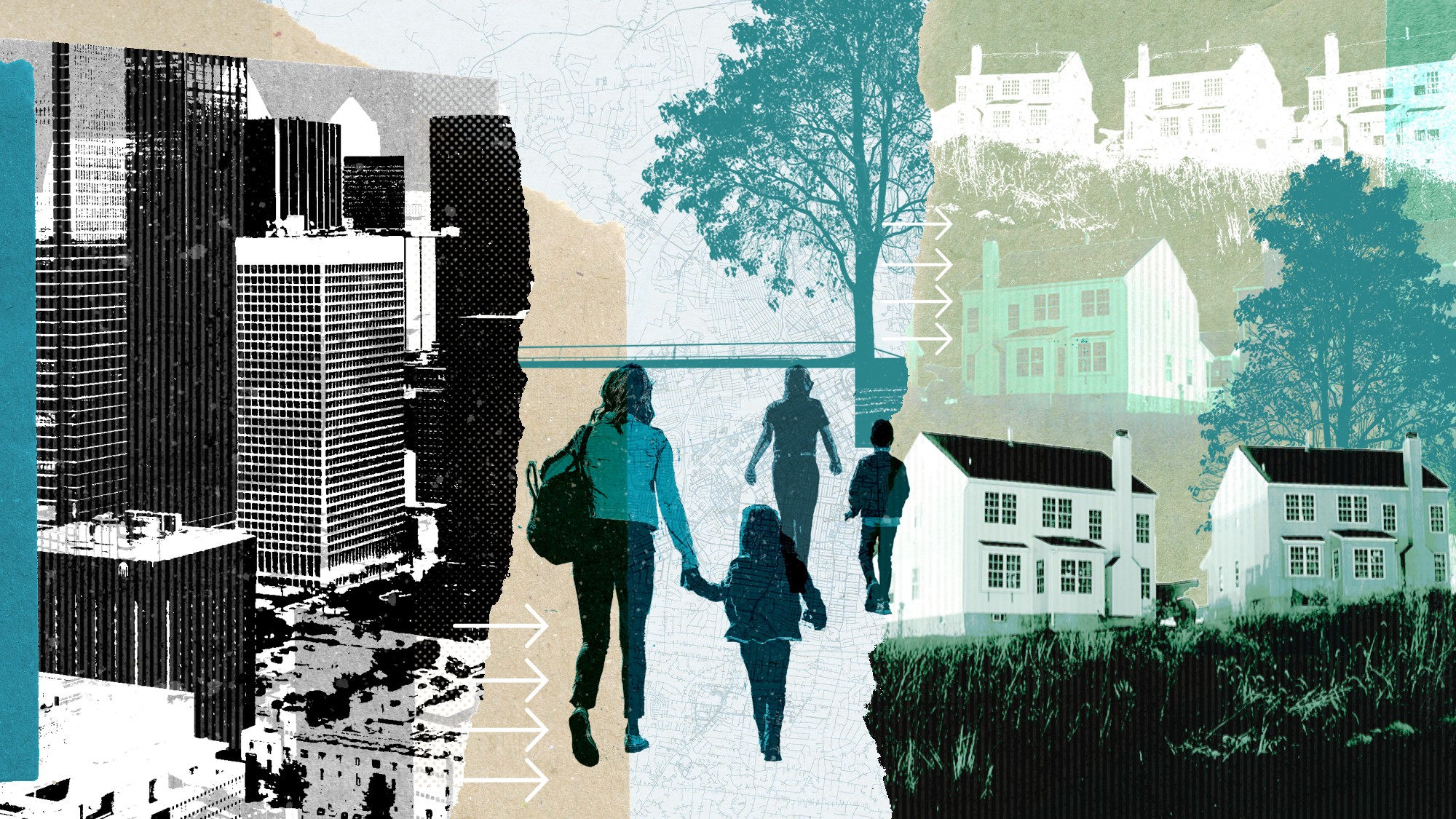
Fleeing the hustle of the big city for the idyllic suburbs is a classic trope, but in recent years Americans have indeed been shunning the suburbs in favor of another type of community: exurbs. Despite being a relatively unknown term, exurbs represented the fastest-growing neighborhoods in the United States last year, and now they look primed to become a housing movement that's here to stay.
What's an exurb?
It's a "largely residential community located outside of a major city and its suburban periphery that maintains a connection to the metropolis through jobs and services," according to the urban planning website Planetizen. Unlike rural areas, which typically aren't located near major cities, exurbs are "defined by their association with a nearby city's economy but have lower density and less walkability than many suburbs."
People in exurbs often travel to larger cities for work. Exurbs regularly "have at least 20% of their workers commuting to jobs in an urbanized area," said a Brookings Institution study from 2006. Many Americans now call the exurbs home; at least 31.2 million people in the U.S. live in exurbs, according to the American Communities Project.
The Week
Escape your echo chamber. Get the facts behind the news, plus analysis from multiple perspectives.

Sign up for The Week's Free Newsletters
From our morning news briefing to a weekly Good News Newsletter, get the best of The Week delivered directly to your inbox.
From our morning news briefing to a weekly Good News Newsletter, get the best of The Week delivered directly to your inbox.
Why are Americans flocking to them?
Exurbs, including "some as far away as 60 miles (97 kilometers) from a city's center, had some of the fastest-growing populations" in 2023, said The Associated Press, and the trend continued throughout 2024 and into 2025. This influx to the exurbs is likely an "after-effect of the Covid-19 pandemic," as "rising housing costs drove people further from cities and remote working allowed many to do their jobs from home at least part of the week."
Historically, exurbs have been concentrated in the southern U.S., with prominent sites like "Anna on the outskirts of the Dallas-Fort Worth metro area; Fort Mill, South Carolina, outside Charlotte, North Carolina; Lebanon outside Nashville; and Polk County's Haines City," said the AP. Anna, located more than 45 miles from Dallas, was the "fourth-fastest growing city in the U.S." in 2023, and its population continues to climb.
There has been a recent shift from the South, though; the northeast U.S. has recently become a hotbed of exurbs, as communities in "New Hampshire, Connecticut and Maryland accounted for seven of Zillow's 10 most popular markets in 2024, with Manchester, New Hampshire, taking the top spot," said Business Insider. Buyers are heading to these exurbs because they are "beyond the suburbs but still within commuting distance from major metros" like New York and Philadelphia.
These northeastern exurbs are attracting Americans because they "strike a balance between suburban amenities and being located just a hop, skip and a jump from the vibrant offerings and thriving job markets of large urban centers," Zillow said in a press release. With continued demographic shifts and remote work trends, people are finding "hidden-gem cities they might have previously overlooked when daily commutes were the norm," said Zillow's chief economist Skylar Olsen.
A free daily email with the biggest news stories of the day – and the best features from TheWeek.com
But many are still unfamiliar with exurbs as a concept. Exurbia is "one of American geography's most important but least studied precincts," said Washington Monthly magazine. And not all is utopian in an exurb; living in an exurb "not only creates and breeds physical isolation. It also engineers epistemic isolation." Despite these flaws, people are moving to exurbs "because they are priced out of the cities and the closest suburbs."
Justin Klawans has worked as a staff writer at The Week since 2022. He began his career covering local news before joining Newsweek as a breaking news reporter, where he wrote about politics, national and global affairs, business, crime, sports, film, television and other news. Justin has also freelanced for outlets including Collider and United Press International.
-
 Why does Trump want to reclassify marijuana?
Why does Trump want to reclassify marijuana?Today's Big Question Nearly two-thirds of Americans want legalization
-
 Sole suspect in Brown, MIT shootings found dead
Sole suspect in Brown, MIT shootings found deadSpeed Read The mass shooting suspect, a former Brown grad student, died of self-inflicted gunshot wounds
-
 Appetites now: 2025 in food trends
Appetites now: 2025 in food trendsFeature From dining alone to matcha mania to milk’s comeback
-
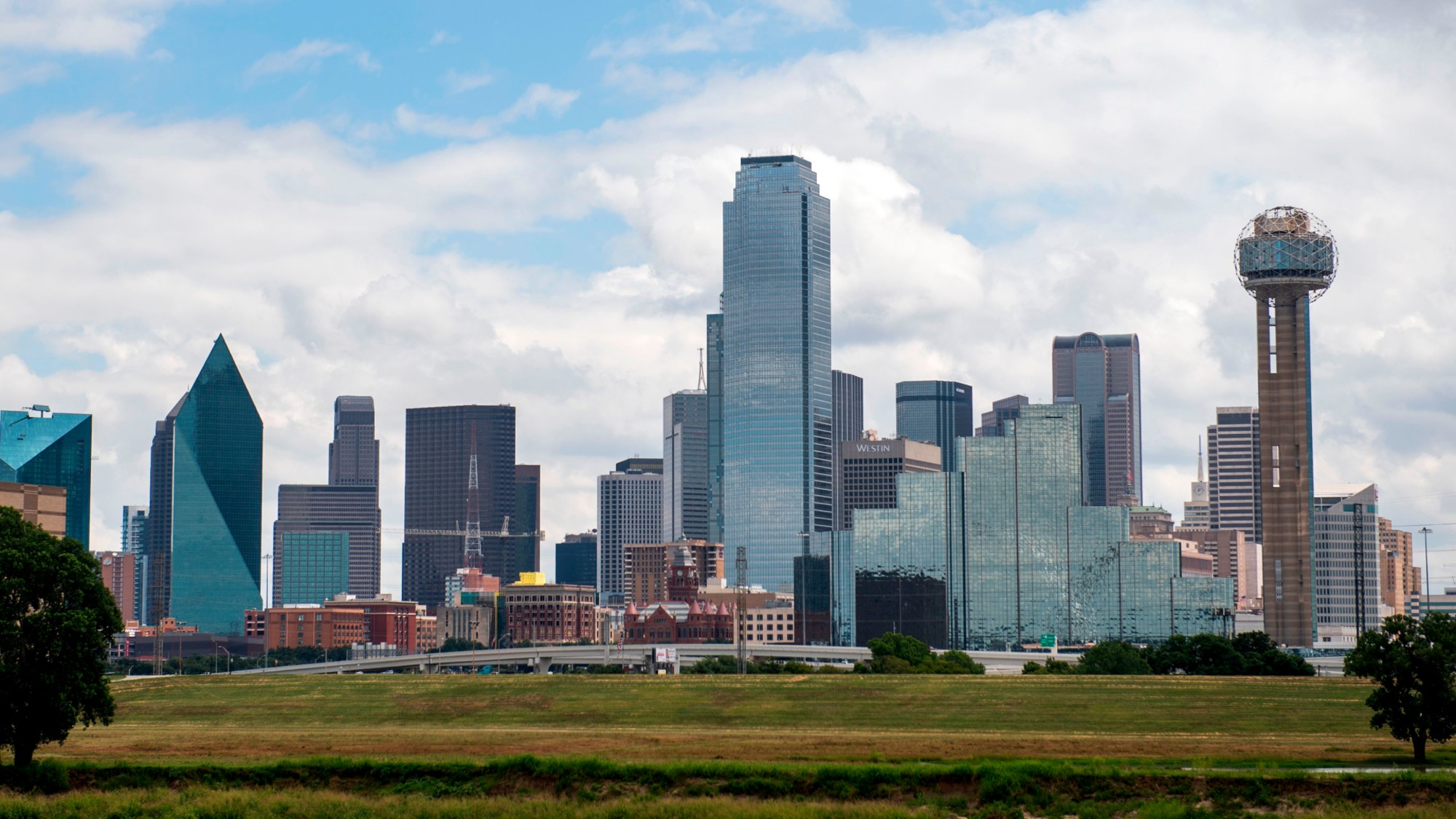 Texas is trying to become America’s next financial hub
Texas is trying to become America’s next financial hubIn the Spotlight The Lone Star State could soon have three major stock exchanges
-
 Would a 50-year mortgage make home ownership attainable?
Would a 50-year mortgage make home ownership attainable?Today's Big Question Trump critics say the proposal is bad policy
-
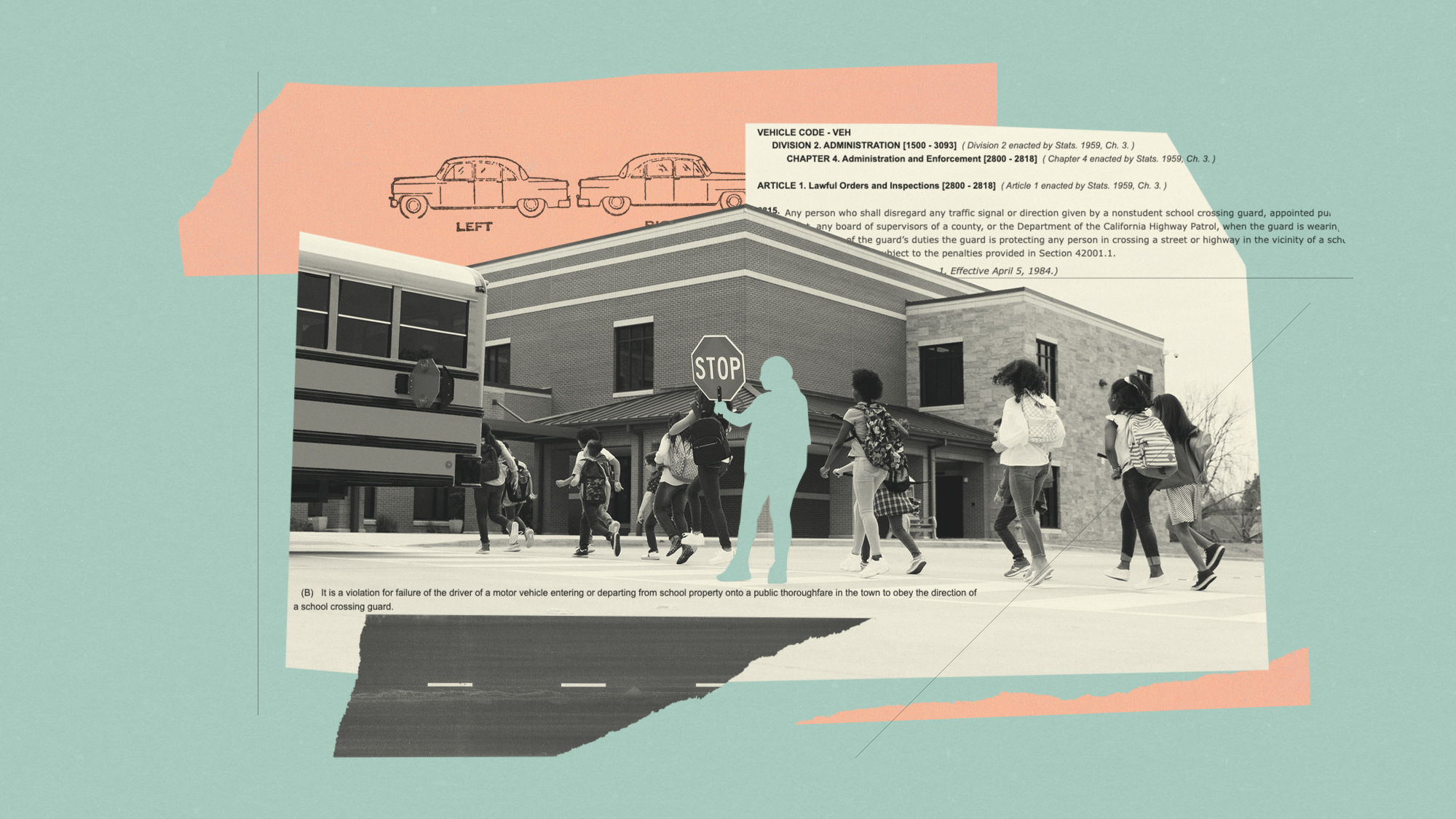 Being a school crossing guard has become a deadly job
Being a school crossing guard has become a deadly jobUnder the Radar At least 230 crossing guards have been hit by cars over the last decade
-
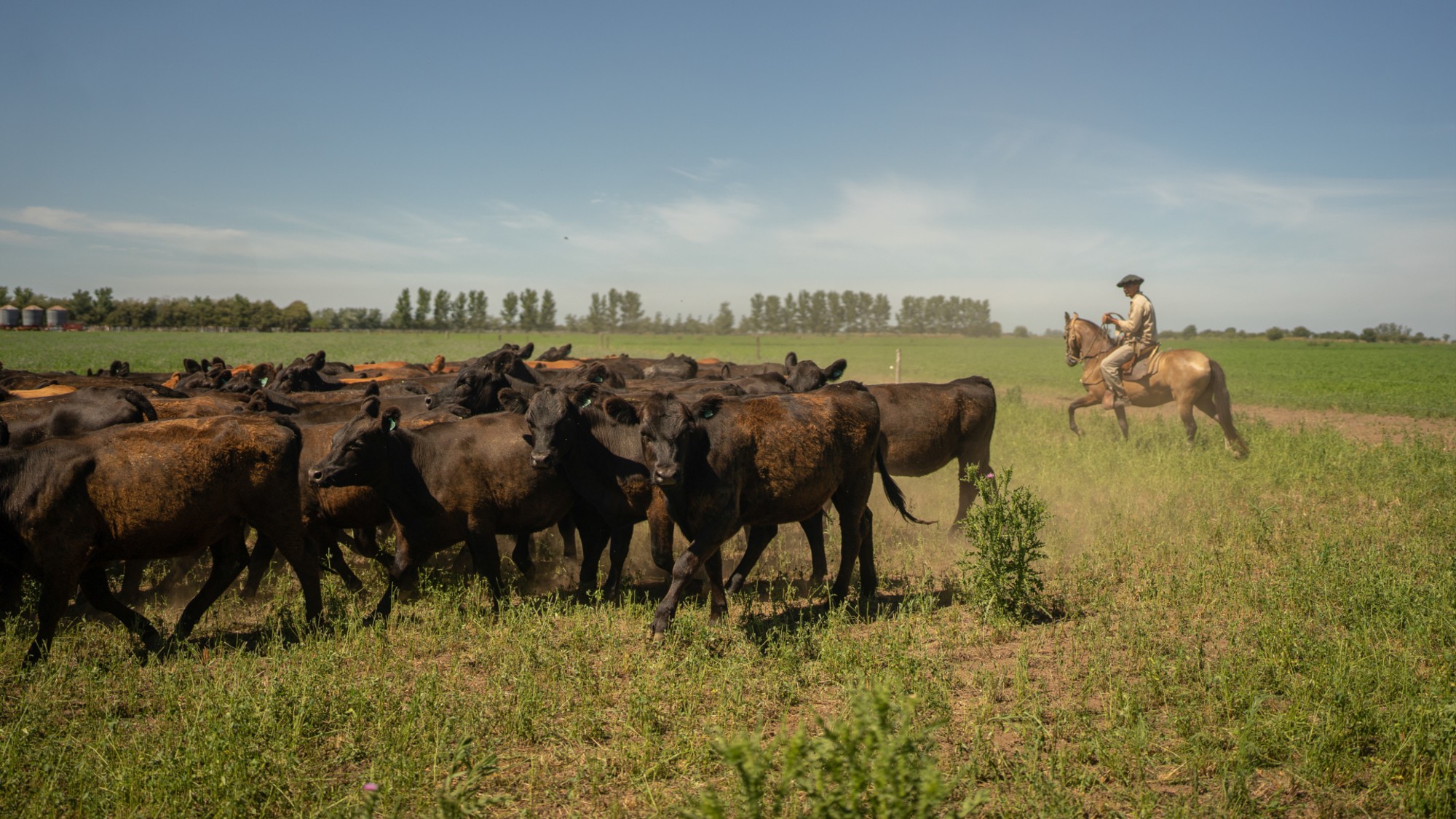 Argentinian beef is at the center of American farmers’ woes
Argentinian beef is at the center of American farmers’ woesThe Explainer ‘It feels like a slap in the face to rural America,’ said one farmer
-
 The struggles of Aston Martin: burning cash not rubber
The struggles of Aston Martin: burning cash not rubberIn the Spotlight The car manufacturer, famous for its association with the James Bond franchise, is ‘running out of road’
-
 Rising costs are making it harder for people to afford pets
Rising costs are making it harder for people to afford petsUnder the Radar Shelters are filling up as a result
-
 What Saudi Arabia wants with EA video games
What Saudi Arabia wants with EA video gamesIn the Spotlight The kingdom’s latest investment in gaming is another win for its ‘soft power’ portfolio
-
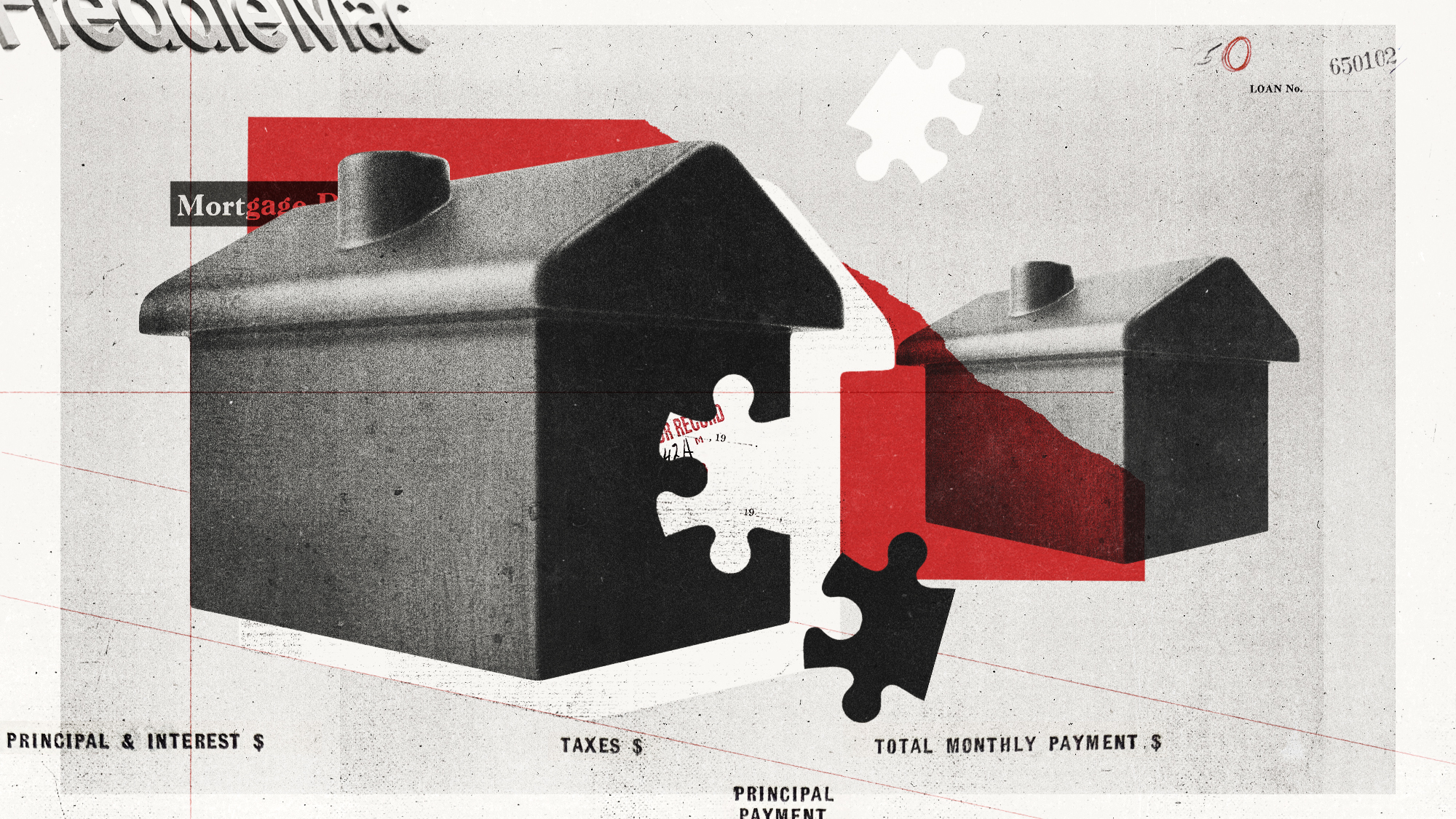 Fannie Mae and Freddie Mac helped trigger the Great Recession. Would an IPO create new dangers?
Fannie Mae and Freddie Mac helped trigger the Great Recession. Would an IPO create new dangers?In the Spotlight It depends on the 'implicit guarantee'
